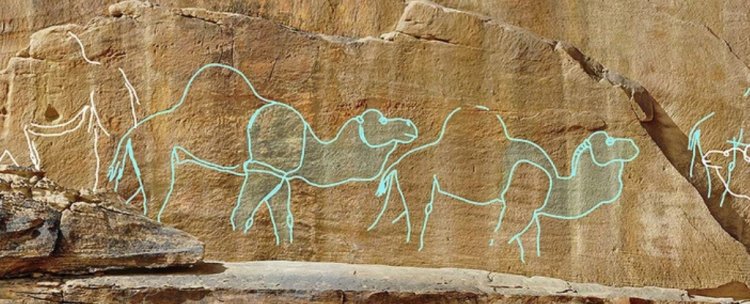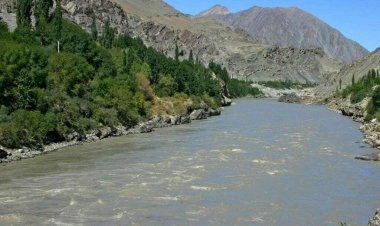Saudi Arabia Unveils 12,000-Year-Old Rock Art Discovery in Al Nafud Desert

Saudi Arabia’s Heritage Commission has announced the discovery of an extraordinary and scientifically significant collection of life-sized prehistoric rock art engravings in the Al Nafud desert. Dating back between 11,400 and 12,800 years, these findings represent the earliest scientifically dated phase of rock art in the Kingdom, as published in the prestigious journal Nature Communications.
Unearthed in the southern edge of the Al Nafud Al Kabir desert within the Hail Region, the engravings are part of the broader “Green Arabia Project” a collaborative initiative involving researchers from both Saudi institutions and international universities and research centers. The project explores the ancient human and ecological history of the Arabian Peninsula during wetter climatic periods.
A total of 176 carvings have been documented so far, with 130 of them being life-sized depictions of animals such as camels, ibexes, horses, gazelles, and the now-extinct aurochs an ancient species of wild cattle. Some of the individual engravings measure up to three meters in length and are situated in elevated, hard-to-reach locations, reflecting the remarkable skill, determination, and cultural significance embedded in the work of these ancient artists.
According to researchers, these images were likely created during a humid climatic phase that occurred between 13,000 and 16,000 years ago. This era known as the African Humid Period transformed much of the now-arid Arabian landscape into savannah-like ecosystems, making it habitable for human populations and large wildlife. The existence of such advanced rock art from this period suggests the area was not only settled but also culturally vibrant.
The discovery sheds new light on early human societies in the Arabian Peninsula, revealing insights into prehistoric lifestyles, symbolic expression, and inter-regional connections between northern Arabia and neighboring parts of the ancient world. It adds to the growing body of evidence that Arabia served as a crucial crossroads of human migration, trade, and culture during the prehistoric era.
This milestone marks another chapter in Saudi Arabia’s expanding efforts to document, preserve, and promote its rich archaeological and cultural heritage, positioning the Kingdom as a key region in the global study of early human history.
For more info:























